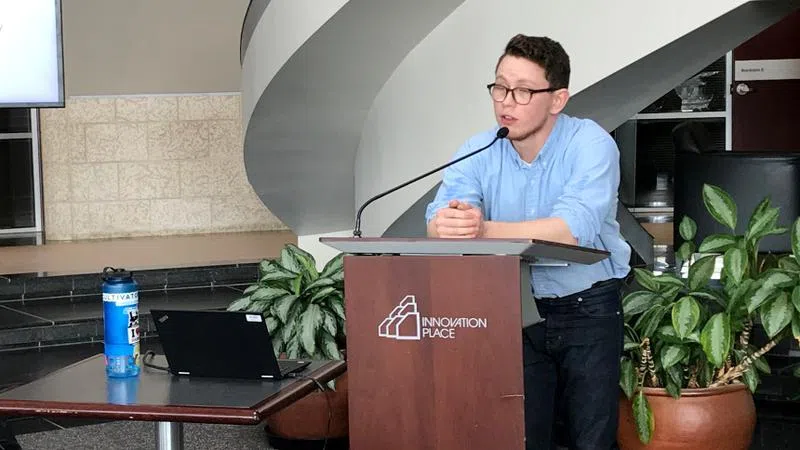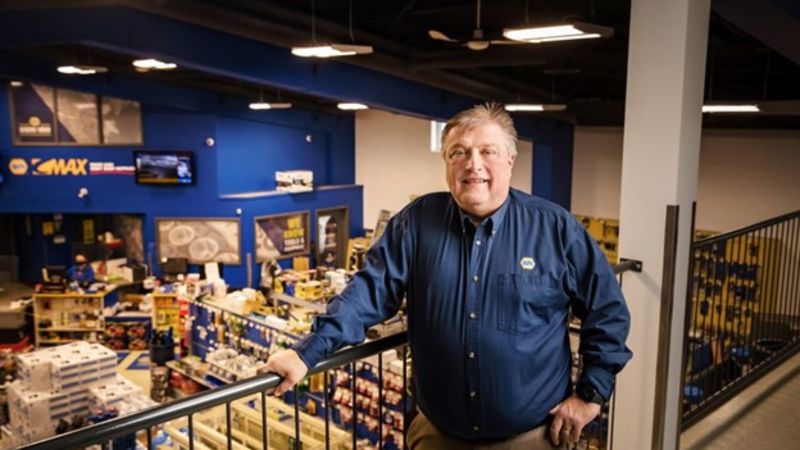
Technologies unveiled to help track, ultimately reduce, garbage in Saskatchewan
People in Saskatchewan produce a lot of garbage and on Tuesday, Innovation Saskatchewan unveiled two technologies which it hopes will get the province on track to reduce that amount of trash.
Last year, Innovation Saskatchewan put out a problem to the tech community: How to measure solid waste and track where it’s going in the province.
Proponents put forward their ideas and Innovation Saskatchewan picked two — and now their technologies have been revealed.
Saskatchewan has the second-highest amount of trash thrown out per capita in Canada, second only to Alberta. The provincial government has made reducing that number a priority.



